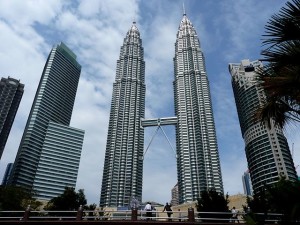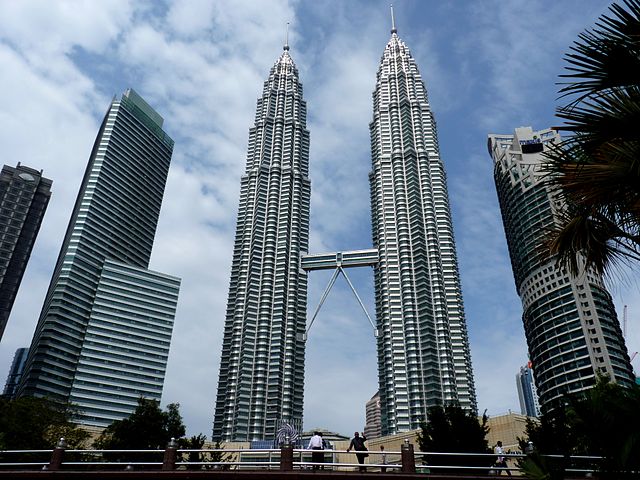 Economic ministers in the Association of Southeast Asian Nations (ASEAN) forecast that growth for the regional grouping will exceed global growth projections, saying strengthening integration will enable ASEAN to overcome the challenges of global economic volatility.
Economic ministers in the Association of Southeast Asian Nations (ASEAN) forecast that growth for the regional grouping will exceed global growth projections, saying strengthening integration will enable ASEAN to overcome the challenges of global economic volatility.
In a joint statement, ASEAN economic ministers expressed confidence that the region’s economies will maintain their momentum in 2015 despite the global economic and geopolitical challenges. They emphasized that the deepening economic integration in the region will serve as a buffer in helping ASEAN progress and prosper.
“We expect ASEAN’s economic performance to improve in 2015 to 5.1%, above the 3.5% global growth projection. We based this on the stronger demand in advanced economies, energized by the robust US recovery and several policy stimulus measures in the Eurozone and Japan,” the ministers said at the conclusion of the 21st ASEAN Economic Ministers’ Retreat held in Malaysia recently.
They added that the region’s domestic demand could get a further boost from falling oil prices with higher purchasing power for consumers, lower input costs for producers, and greater fiscal space.
They cautioned, however, that falling oil prices could affect export earnings and government revenue for net oil-exporting economies in ASEAN. The ministers also highlighted the concern posed by currency volatility, including possible capital flow reversals.
“This is where the implementation of ASEAN’s regional economic integration can help member states overcome the challenges posed by global economic volatility. In 2013, intra-ASEAN trade amounted to USD608.6 billion, accounting for 24.2% of total trade of the region, compared with USD458.1 billion in 2008 when the AEC Blueprint was first implemented,” the ministers said.
“Similarly, total foreign direct investment (FDI) inflows to ASEAN amounted to USD122.4 billion in 2013, representing the highest FDI flows into a region, globally. Intra-regional FDI accounted for a significant share of 17.4% of total FDI flows into the region in 2013,” they added.
“The formal establishment of the AEC by end-2015 marks a major milestone in ASEAN’s effort to fulfil the goal of an integrated region, encapsulated under the rubric of One Vision, One Identity, One Community. The implementation of the AEC measures does not mean that ASEAN will become a single economic entity by 1 January 2016, rather it sends a strong signal that positive measures have been put in place towards a more liberalized and integrated economic region,” the ministers said.
More nontariff barriers to be knocked down
Meanwhile, Malaysian International Trade and Industry Minister Mustapa Mohamed said ASEAN will continuously work on removing nontariff measures and lowering nontariff barriers for freer intra-ASEAN trade.
Mustapa said 69 nontariff measures have been identified, and of these, 45 have been resolved, according to a report by Bernama, Malaysia’s national news agency.
“We have decided to make more progress. We have identified many more and we will try to resolve those,” Mustapa said.
The economic ministers also proposed to form a mechanism to deal with nontariff measures in facilitating the movement of businesses within the region.
“We are looking at a formal platform. We are talking to the European Union to see how we can share best practices with them,” said Mustapa, whose country is the chair of ASEAN for 2015.
ASEAN Deputy Secretary General for the ASEAN Economic Community (AEC) Dr. Lim Hong Hin said a systematic mechanism will be developed to allow the private sector to make known their 0wn challenges.
“This mechanism will also help address all the challenges and keep the private sector in the loop, by knowing that their complaints have been addressed,” he added.
Photo: Dudva





